Background
Recycled PET bottle flakes are produced from waste beverage bottles through sorting, crushing, washing, and drying. This makes it possible to produce recycled PET flakes in any area where beverages are consumed. China is one of the largest importers of PET bottle flakes, with over 10-13 million tons imported annually.
In 2017, China implemented stricter environmental regulations that completely banned the import of waste plastics, including recycled PET in the form of bales or flakes. As a result, recycled plastics can only be imported as granules or chips, which necessitates re-pelletizing the recycled PET flakes for recyclers.
The need for re-pelletizing has become essential due to these new restrictions. Here are some key processing concerns:
- Avoid hydrolysis during the re-pelletizing process;
- Use large displacement ventilating devices to minimize IV value reduction;
- Prevent or reduce yellowing during re-pelletizing;
- Implement automatic pelletizing methods to reduce labor and ensure high output.
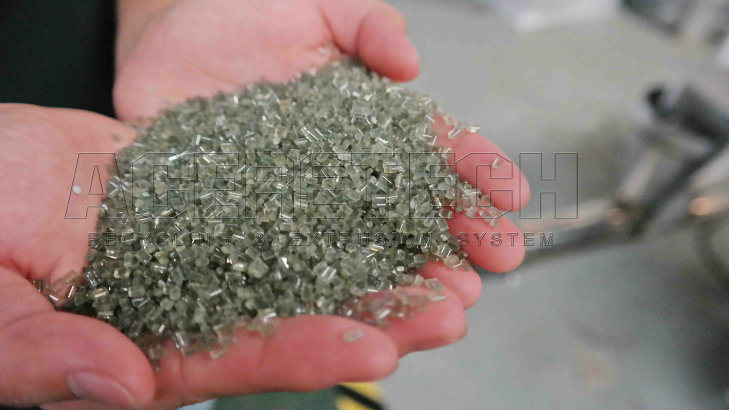
Recycled PET Bottle Flakes Re-Pelletizing Flowchart from ACERETECH
Features of PET Bottle Flakes Recycling and Pelletizing System from ACERETECH
- Ensure sufficient pre-drying time before re-pelletizing. ACERETECH uses either a venting-type compactor or lifting-type drying hopper to remove moisture and prevent PET hydrolysis during the process;
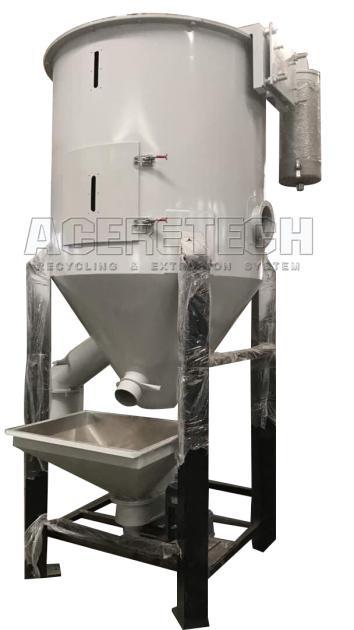
- Combine modular-designed processing sections and efficient degassing structures from twin screw extruders with an automatic 3-level Roots vacuum pump set. This ensures a vacuum pressure of -0.1MPa, effectively removing volatiles from PET melts and minimizing IV value reduction;
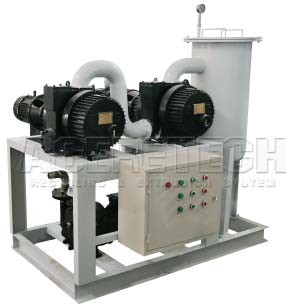
- Optimized process steps and specialized extruder design help transform PET flakes efficiently from solid to liquid state, reducing the risk of yellowing caused by dead zones or localized overheating;
- Strands pelletizing is a common method where extruded strands are cooled in water, dried with an air knife, and cut into granules. It requires manual operation and is suitable for capacities below 600kg/h;
- For high-capacity operations, an automated underwater pelletizing system is recommended to ensure reliability and efficiency.
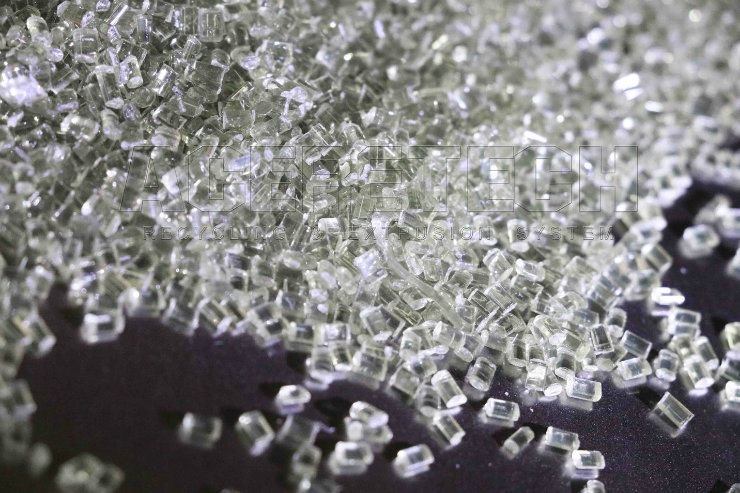
Recycling Machine Factories (ACERETECH)
| Model | ASE series |
| Feeding | Screw Loader |
| Extruder | Twin Screw |
| Cutting Type | Strands Pelletizing System |
| Cooling Type | Water Cooled |
| Product | Plastic Pellets/Granules/Resins |
| Material Type | Waste Flakes and Regrinds of PET |
| Material Shape | Flakes, Regrinds |
| Video | Â |
| Website | http://www.aceretech.com |
Date
| Machinery Size |  | Data of Twin Screw Extruder | Throughput Rate     (Kg/hr) |
|||
| Â | Â | Diameter of Screw (mm) | L/D | Motor Power (Kw) | ||
| ASE65 | Â | Â | 62.4 | 36 | 90 | 200-300 |
| ASE75 | Â | Â | 71.2 | 36 | 132 | 300-500 |
| ASE95 | Â | Â | 91 | 36 | 315 | 600-800 |
Advantages of Our System
a. Water-cooling temperature control for the process section ensures precise temperature regulation.
b. The strands pelletizing system is integrated into the recycling system.
c. Comprehensive arrangements for inspection, installation, and testing work.
d. Long-term service: We offer spare parts at cost price beyond one year and provide ongoing technical support.
Service and Support
1. Overseas installation and training are available;
2. Machine warranty with spares in stock and timely delivery.
Antibacterial powder coatings are widely used in medical equipment, food processing equipment, public places, sanitary facilities, and other places and equipment that require cleanliness and hygiene to be maintained.
Their advantages include long-lasting antibacterial effects, resistance to the influence of cleaning agents and disinfectants, as well as being friendly to both human health and the environment.
The use of antibacterial powder coatings can effectively reduce the risk of bacterial transmission, ensuring people's health and safety.
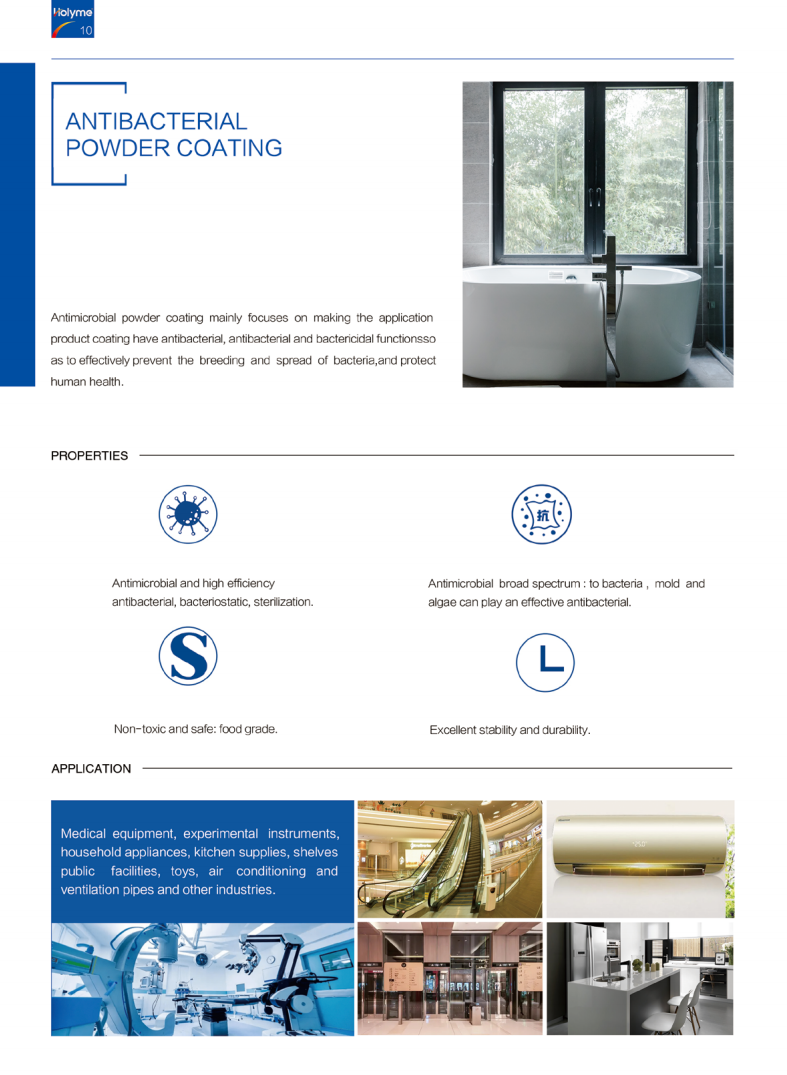
Antibacterial Powder Coating,Antibacterial Coatings,Antibacterial
HLM Powder Coating CO,.Ltd , https://www.holymepowder.com